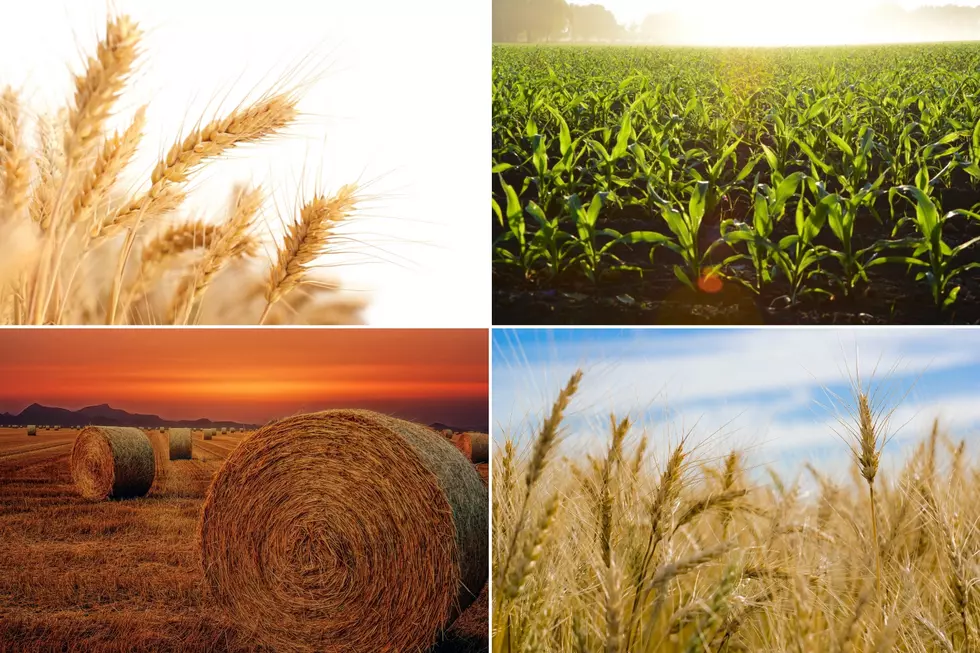
Wheat Plantings Continue To Drop
Over the past couple of decades, the USDA has reported a gradual trend of less wheat planted in the U.S. And there are a variety of reasons for that drop.
"It's not just one thing but certainly the combination of wheat prices and probably also limited genetic improvement as well as enhanced planning flexibility for farmers," said USDA Research Economist, Jennifer Bond.
Although wheat plantings are lower nationwide, what has gone up has been production and yields in that same time period.
"We've had some record high yields in recent times, that's in part due to favorable weather also perhaps some improvement in seeds and variety of seeds being used," Bond continued. "Perhaps farmers are being encouraged not save their seeds as much from year-to-year, but perhaps refresh with seeds from seed dealers. That's not always been a feature of wheat markets even though that's something quite common in corn and soybean production."
If you have a story idea for the Washington Ag Network, call (509) 547-1618, or e-mail gvaagen@cherrycreekmedia.com
More From PNW Ag Network









